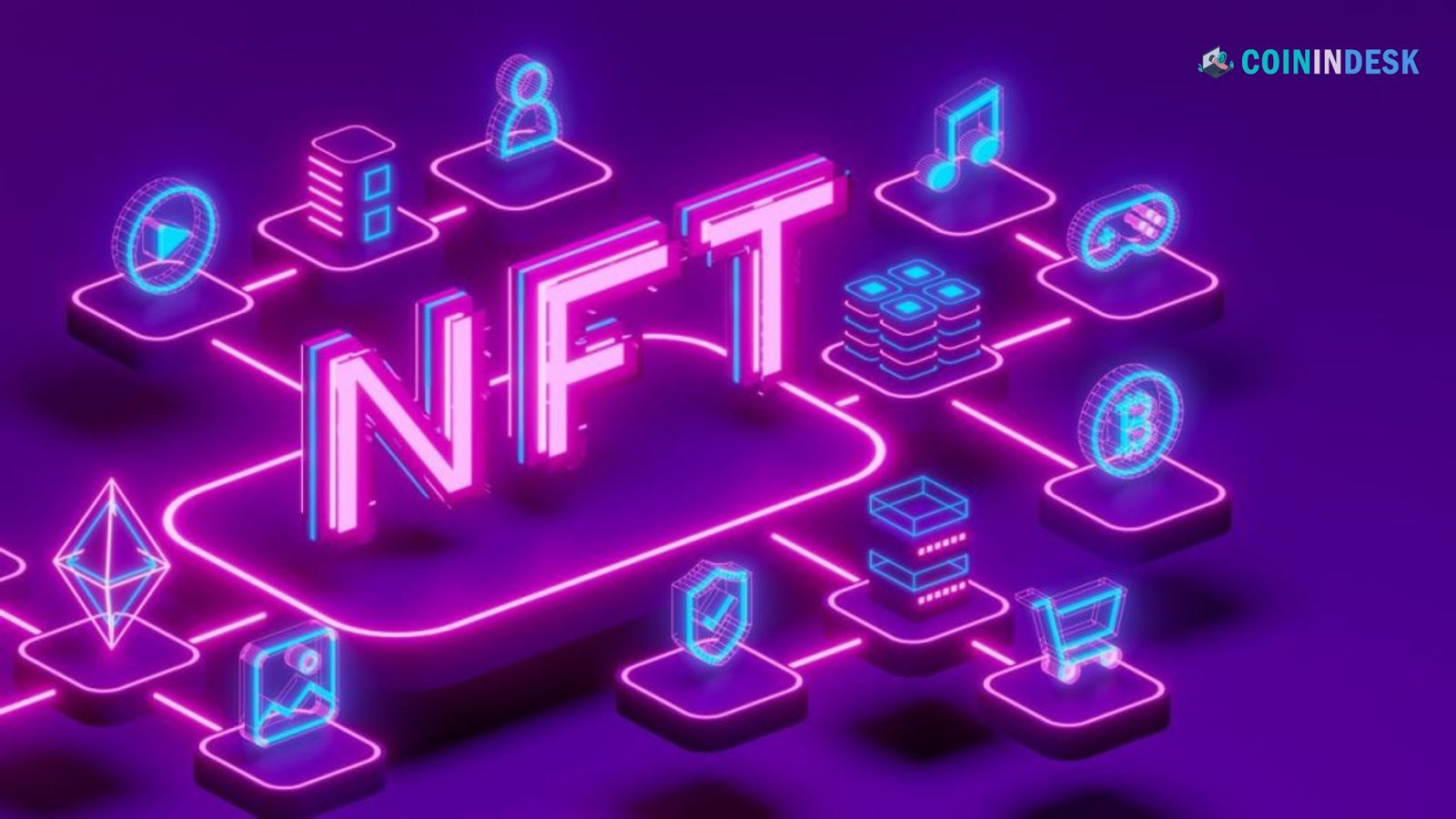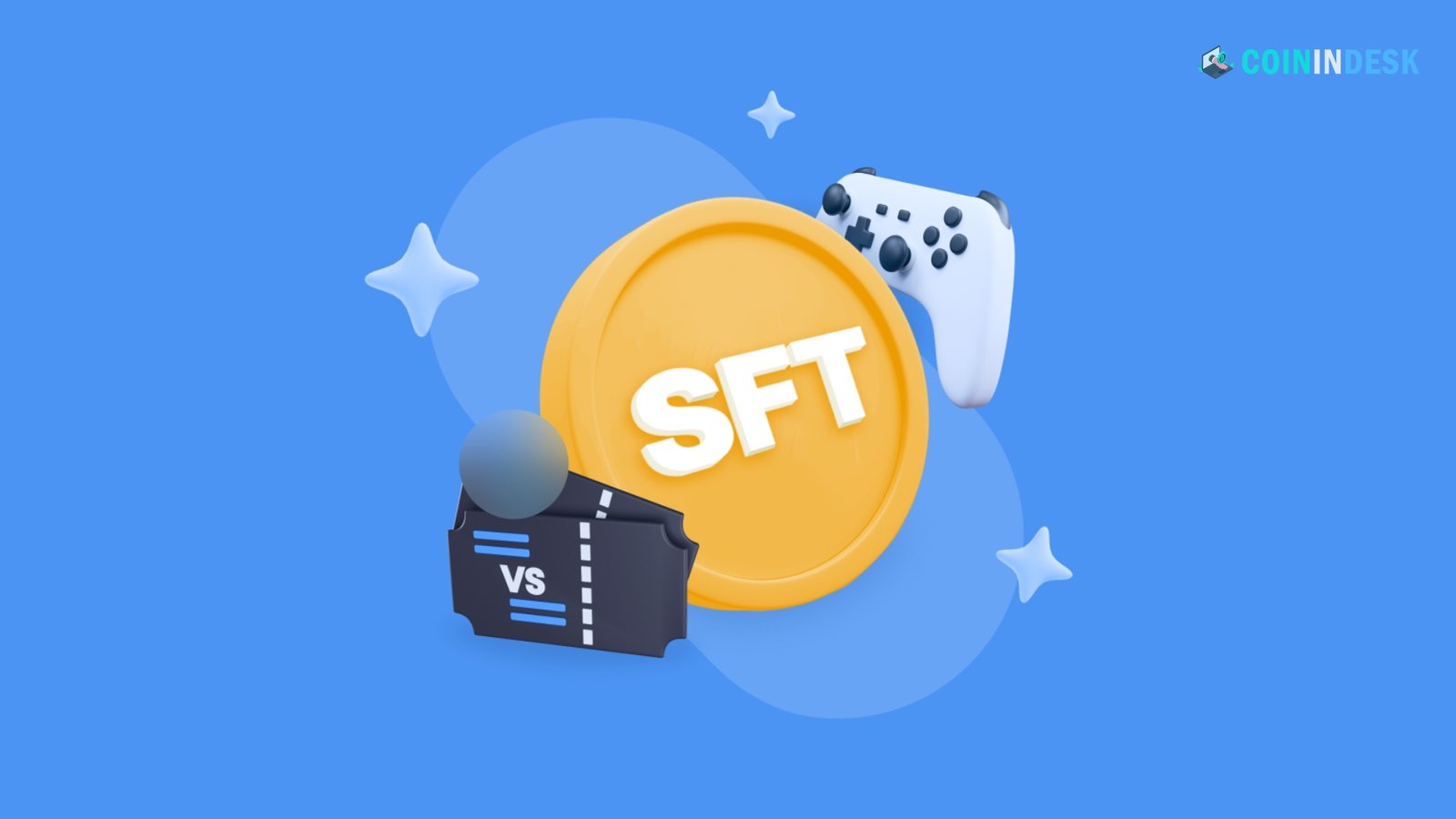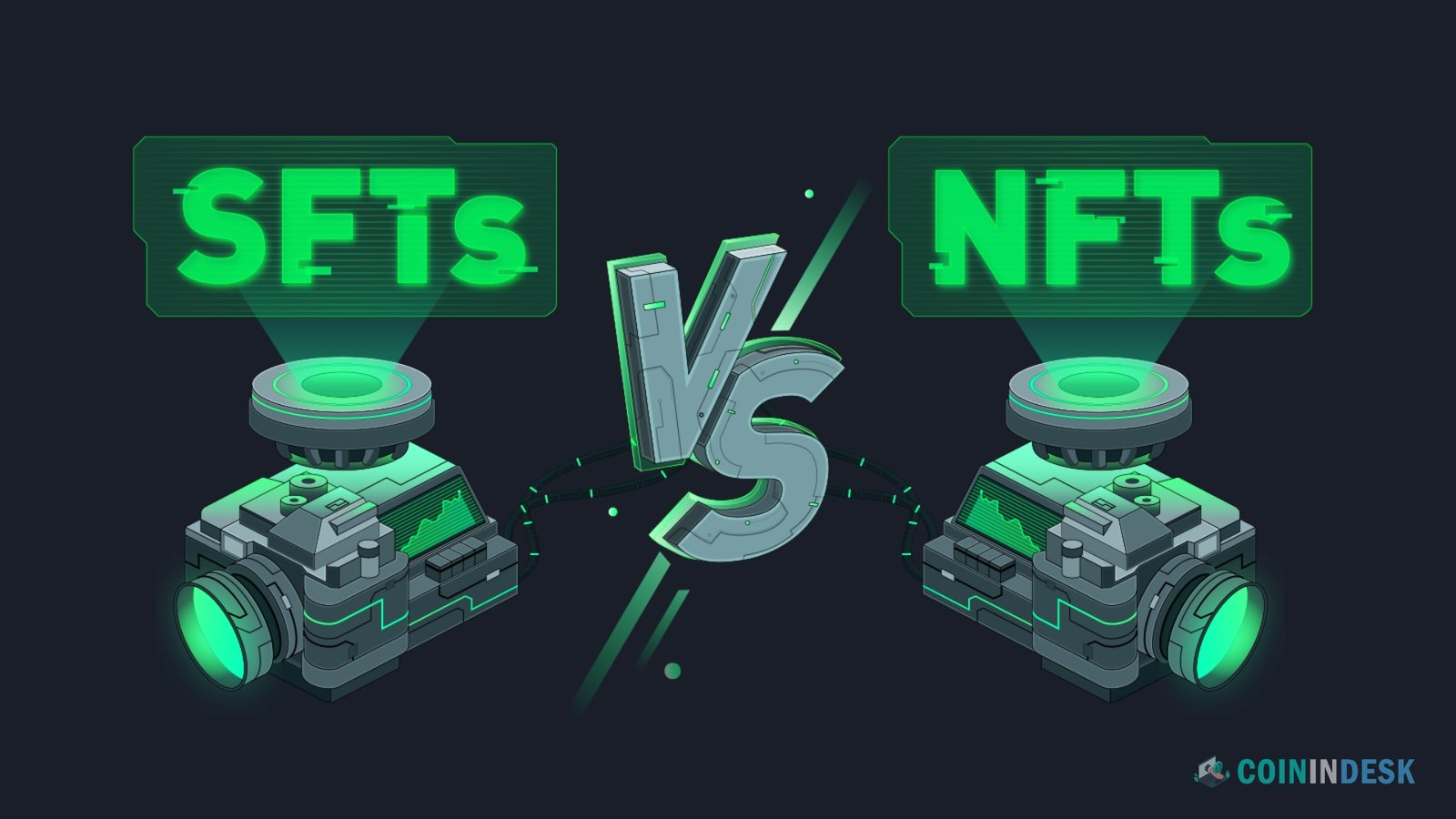NFT vs. SFT: New developments in the ever-changing field of blockchain technology are constantly altering our perceptions of digital ownership and value. In the vanguard of this transformation have been non-fungible tokens (NFTs), which enable the purchase, sale, and exchange of distinct digital assets in decentralized marketplaces. A new entrant, Semi-Fungible Tokens (SFTs), has developed as technology develops; they aim to solve some of the problems with NFTs and create new opportunities for digital assets.
This article compares and contrasts NFTs with SFTs, examining their distinct features, applications, and possible effects on digital ownership in the future.
NFTs: The Rise of Unique Digital Assets
Non-fungible tokens (NFTs) are digital assets that represent ownership or proof of authenticity for a unique item or piece of content on the blockchain. Each NFT is distinct, meaning that no two NFTs are exactly alike, even if they represent the same type of content. This uniqueness makes NFTs non-fungible, unlike cryptocurrencies like Bitcoin or Ethereum, which are fungible and can be exchanged on a one-to-one basis.
Key Characteristics of NFTs:
- Uniqueness: Each NFT has a unique identifier stored on the blockchain. This ensures that no two NFTs are identical, even if they represent similar content.
- Indivisibility: NFTs cannot be divided into smaller units. You either own the entire NFT or none of it.
- Ownership and Provenance: The blockchain provides a transparent and immutable record of ownership, allowing buyers to trace an NFT’s history from its creation to its current owner.
- Interoperability: NFTs can be traded across different platforms and marketplaces, provided they are built on the same blockchain standard (e.g., Ethereum’s ERC-721).
Use Cases for NFTs:
- Digital Art: Artists can tokenize their work as NFTs, allowing them to sell digital art in a way that ensures authenticity and scarcity.
- Collectibles: NFTs have become popular in digital collectibles, such as virtual trading cards, in-game items, and rare digital artefacts.
- Virtual Real Estate: Platforms like Decentraland and The Sandbox allow users to buy, sell, and trade virtual land and properties as NFTs.
- Music and Media: Musicians and content creators can release exclusive content as NFTs, offering fans a unique way to support their work and gain access to limited-edition releases.
Despite their growing popularity, NFTs have faced criticism for their environmental impact, given the energy-intensive nature of some blockchain networks, and for their speculative nature, with some NFTs selling for exorbitant prices with little intrinsic value.
SFTs: A Hybrid Approach to Digital Ownership
Semi-fungible tokens (SFTs) are a newer innovation in the blockchain space. They offer a hybrid approach that combines elements of both fungible and non-fungible tokens. SFTs are designed to be fungible when representing one type of asset or during a specific phase of their lifecycle, but they can become non-fungible when their use case or value changes.
Key Characteristics of SFTs:
- Fungibility: In their initial state, SFTs are fungible, meaning they can be exchanged one-to-one with other tokens of the same type. This is common in scenarios where multiple identical assets are issued, such as in-game currencies or event tickets.
- Transition to Non-Fungibility: SFTs can transition from fungible to non-fungible when certain conditions are met, such as after being redeemed or used in a particular way. Once this transition occurs, the SFT becomes unique and cannot be exchanged one-to-one with other tokens.
- Versatility: SFTs offer greater versatility than traditional NFTs, as they can adapt to different use cases and change their properties over time.
- Cost-Efficiency: SFTs can be more cost-efficient than NFTs, especially when dealing with a large volume to reduce the need to create and manage multiple unique tokens.
Use Cases for SFTs:
- Gaming: In blockchain-based games, SFTs can represent in-game currencies or items that start as identical and fungible but become unique after being customized or upgraded.
- Event Tickets: When used as general admission tickets, SFTs are fungible tokens, but they become non-fungible when exchanged for particular seats or experiences.
- Gift Cards and Vouchers: SFTs can be used for digital gift cards or vouchers that are initially fungible but become unique after being redeemed or used in specific contexts.
- Supply Chain Management: SFTs can initially track identical assets, such as batches of products, and later become non-fungible when specific characteristics or conditions are applied.
Comparing NFTs and SFTs
Flexibility and Use Cases
The primary difference between NFTs and SFTs lies in their flexibility. While NFTs are inherently unique, SFTs offer a more flexible approach, starting as fungible tokens and transitioning to non-fungibility when necessary. This makes SFTs particularly useful in scenarios where assets may initially be identical but require uniqueness later.
Cost and Efficiency
SFTs can be more cost-effective for creators and users, especially when dealing with large quantities of tokens. Since SFTs start as fungible tokens, they can be issued in bulk and only incur the additional complexity and cost of non-fungibility when needed. However, NFTs are typically more expensive to create and manage due to their inherent uniqueness.
Interoperability and Standards
NFTs and SFTs can be built on blockchain standards, such as Ethereum’s ERC-721 for NFTs and ERC-1155 for SFTs. The ERC-1155 standard, in particular, is noteworthy as it allows for creating fungible and non-fungible tokens within the same contract, making it ideal for SFTs.
Environmental Impact
The environmental impact of NFTs has been a point of contention, primarily due to the energy consumption associated with some blockchain networks. SFTs, depending on their implementation, could offer a more sustainable solution by reducing the number of unique tokens needed, potentially lowering the overall energy footprint.
The Future of Digital Assets
As the digital economy continues to expand, the distinction between NFTs and SFTs will likely play a significant role in shaping the future of digital ownership. NFTs will remain a cornerstone for unique digital assets, especially art, collectibles, and media. However, SFTs are poised to unlock new possibilities by offering a more adaptable and efficient approach to tokenization.
The choice between NFTs and SFTs will ultimately depend on the specific use case and the desired balance between uniqueness, flexibility, and cost-efficiency. As blockchain technology evolves, we can expect to see even more innovative token standards and applications, further blurring the lines between fungible and not in the digital world.


